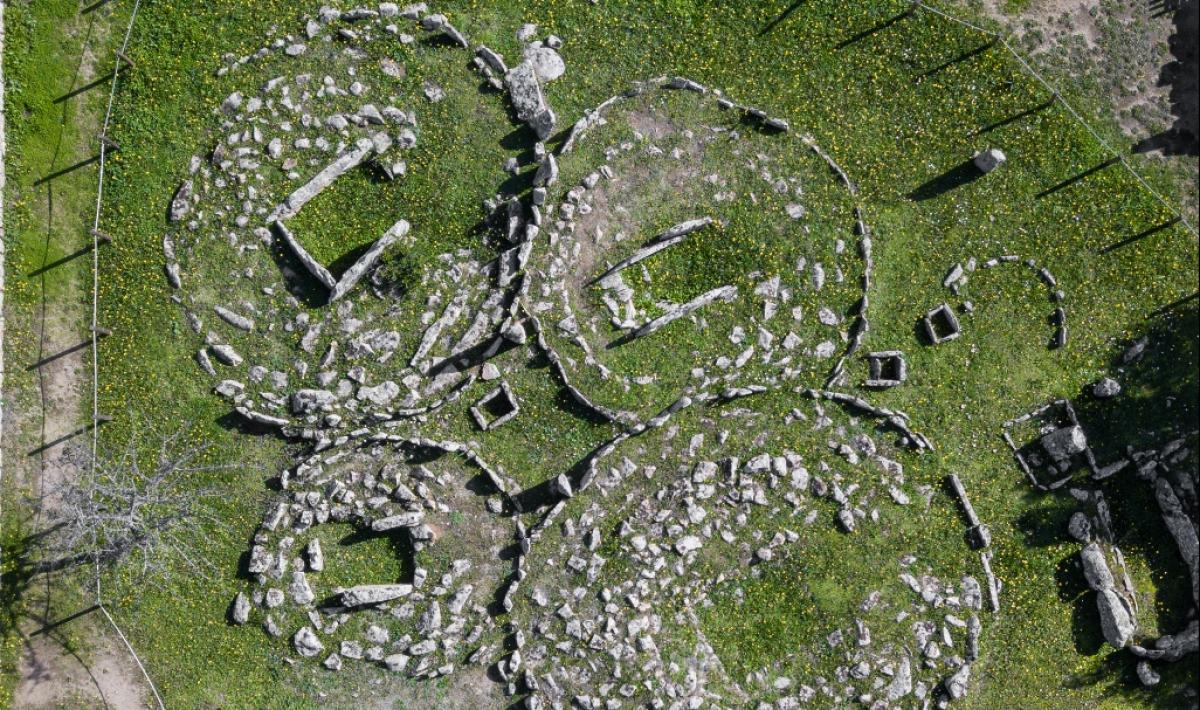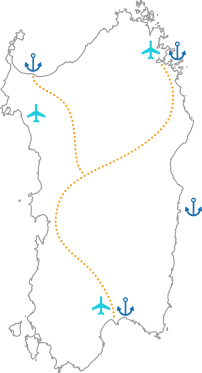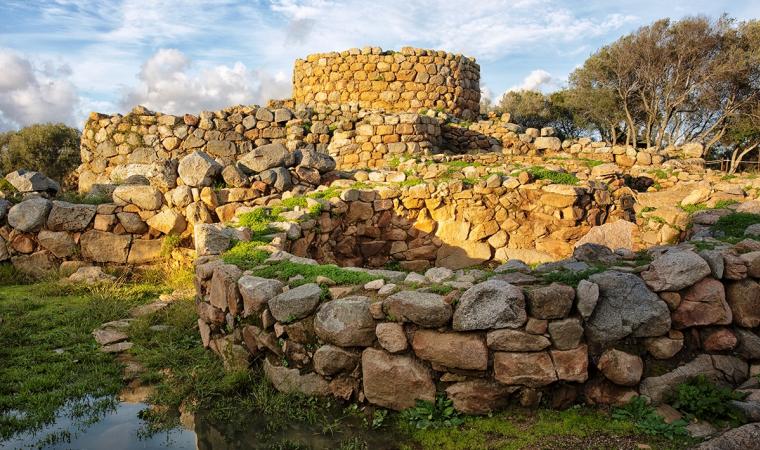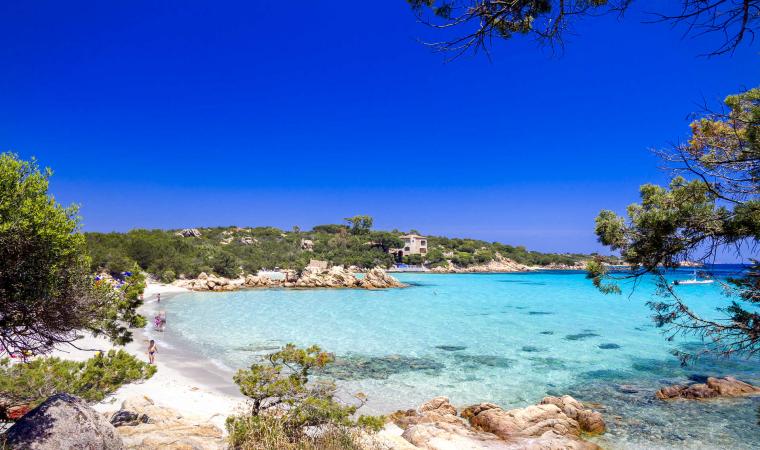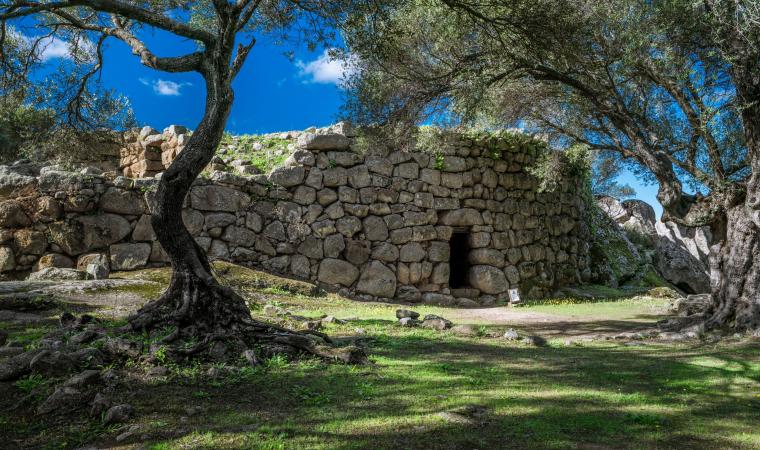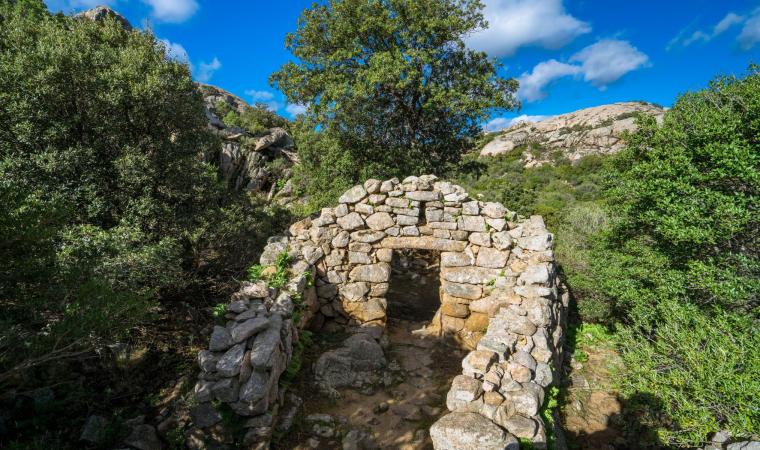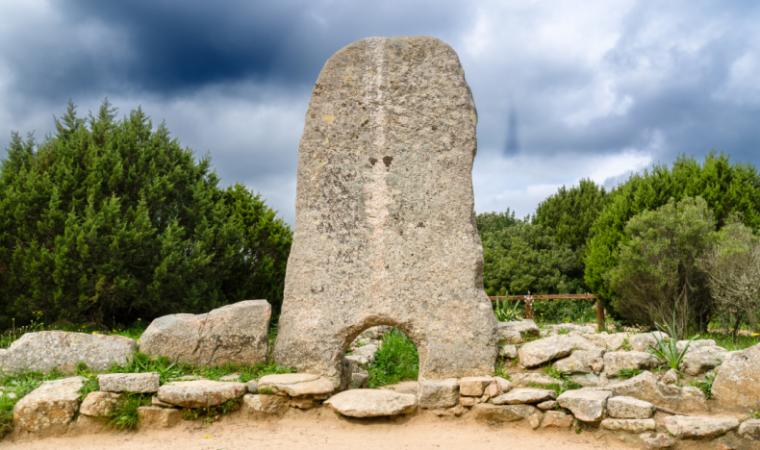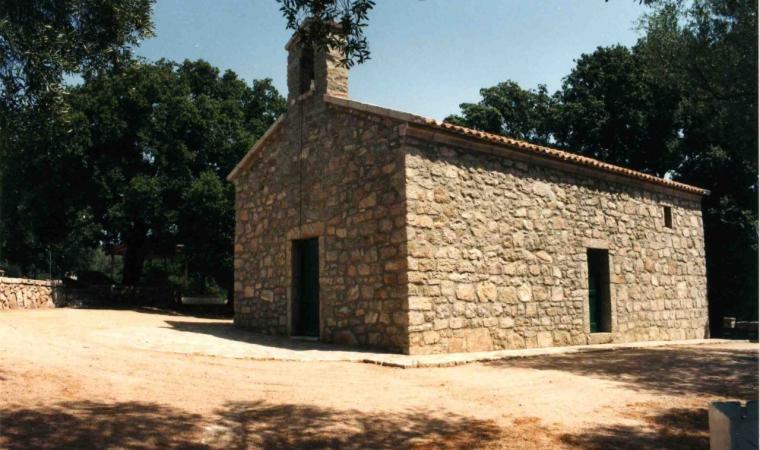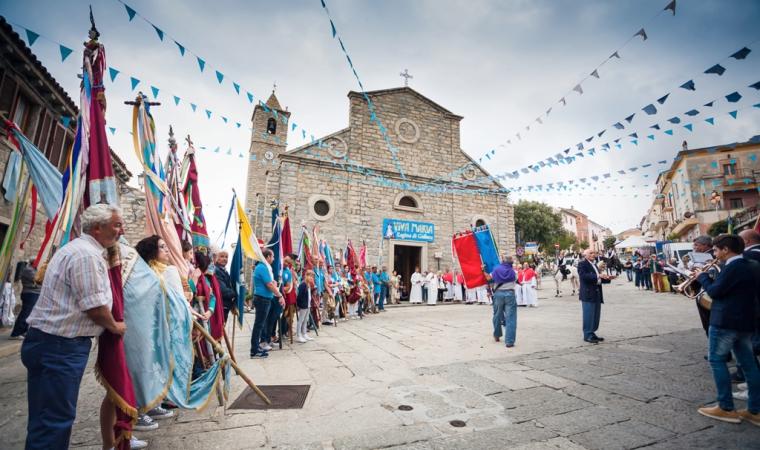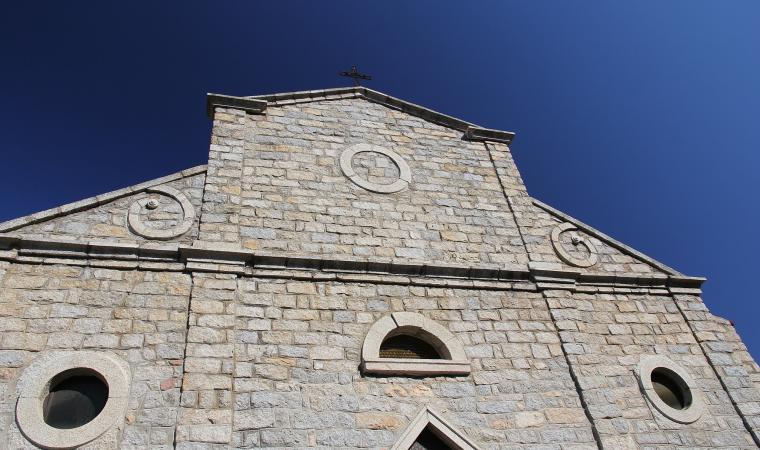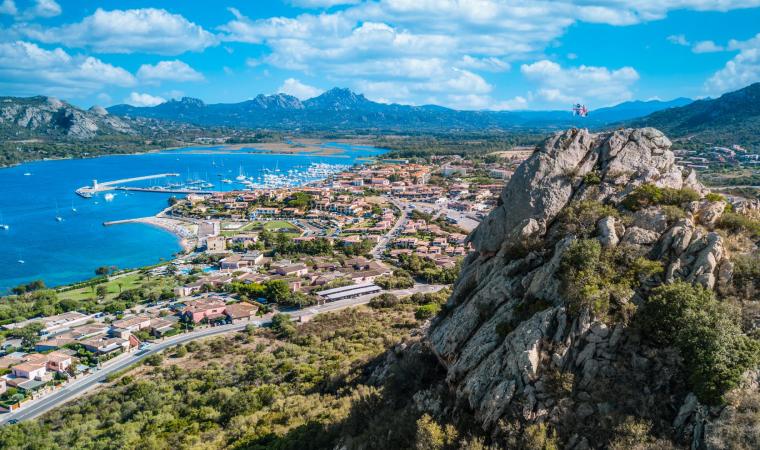Precious heritage dating back to about five thousand years ago, fully preserved a few kilometres from Arzachena, a renowned tourist destination of Gallura. Here a Neolithic civilization has left clear traces of its passage with the necropolis of Li Muri , the oldest site of the entire territory, also called the 'circle tombs' (or 'Circles of Arzachena') for the characteristic layout of the tombstones. According to scholars, this is a type of necropolis that is common only in this area, so much so that the prenuragic culture that generated it is called 'Gallurese'.
Once near the necropolis you will observe four 'dolmen cistas', or small rooms made of slabs of stone placed vertically in the ground, and an allée couverte , or a gallery tomb in which there is no separation between the entrance corridor and the burial chamber. The size of the circles varies from five to eight and a half meters in diameter, bordered by small slabs planted in the ground with a knife and arranged in concentric circles.

